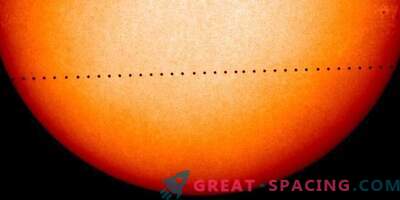
Satellites track green change with earth seasons
Scientists have managed to find dozens of habitable planets outside the solar system, and many others await their discovery. But is there anyone and how to find life beyond Earth?
The hunt for life in worlds that cannot be visited begins with a search for biological products in the atmospheric layers. These prints are called biosignals. They plan to fix them with telescopes of the next generation, which measure the composition of gases around the planets.
This is a complex process, since biosignals based on single measurements of atmospheric gases can be misleading. To supplement the markers, we decided to create the first quantitative structure for dynamic biosignals based on seasonal changes in the earth's atmosphere.
The Earth revolves around the Sun, and the inclined axis makes it so that different territories receive more rays at different times of the year. The most noticeable signs are weather changes and the duration of days. However, there is an impact on the atmospheric composition. For example, in the northern hemisphere (contains most of the vegetation), plant growth in summer leads to lower levels of carbon dioxide in the atmosphere. The reverse is repeated for oxygen.
Atmospheric seasonality is a promising biosignal, as it can be repeated in alien inhabited worlds. A hint of life based on seasonality does not require a detailed understanding of alien biochemistry, because it occurs as a biological response to seasonal changes in the environment, and not as a result of a certain biological activity that can be unique to the Earth. In addition, extremely elliptical orbits, rather than axial tilt, can lead to seasonality on exoplanets, expanding the range of targets. The study identified opportunities and pitfalls associated with the characteristic of the seasonal formation and destruction of oxygen, carbon dioxide, methane and their identification using spectroscopy. Also simulated the fluctuations of atmospheric oxygen on a viable planet with low oxygen content, as it was billions of years ago. It turned out that ozone would be a more easily measurable marker of seasonal oxygen variability.
The problem is caused by false signals that do not relate to life at all. The fact is that oxygen and methane are promising biosignals, but they can be formed in various ways and without the participation of living organisms. A potentially powerful search method is atmospheric analysis to record changes in biosignals throughout the year. Particularly interesting is the perspective of the characteristics of oxygen oscillations at early levels that are expected to be found on the ancient version of the Earth.











































